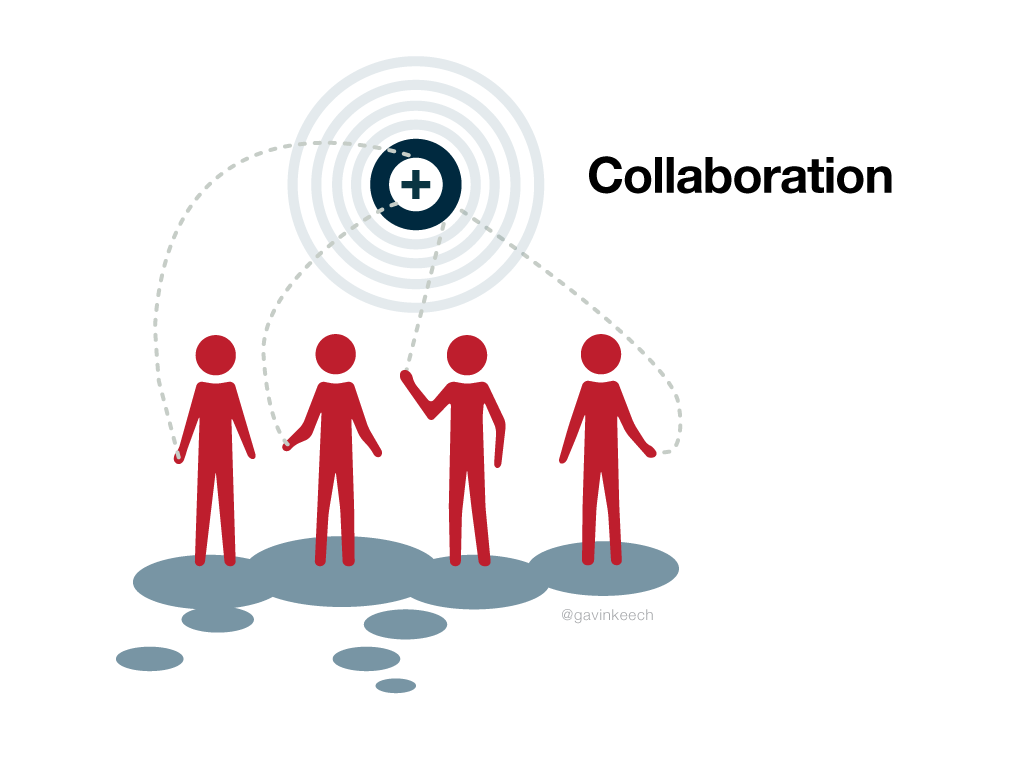How School, District and State Leaders Can Support Curriculum Development
Curriculum development is an area where state, district and school leaders can play a crucial role. Collaboration is key in producing quality curricula for language learners.

School Leaders Can Allocate Additional Time for Bilingual Teachers to Plan
In many districts, before school starts, school leaders grant teachers a day or two to plan for the year. Teachers take this time to develop curriculum maps, cross check curriculum maps across grades to make sure there are no repeats, and begin planning the first unit. In addition to that, many schools provide additional time throughout the year to help bilingual teachers plan.
Some teachers prefer to have common preparation periods throughout the week. My former co-teacher and I preferred having a common planning block of time every 4-6 weeks to plan out the next thematic unit. We felt that our common preparation periods were often used to grade our 48 students’ work, complete paperwork or attend staff meetings. Three to four hours straight gave us enough time to develop a sequence of content and language goals for 20-25 literacy blocks. We also used this time to locate resources for the unit. However, this was certainly not enough time to create our most needed resources: lesson plans and reading materials. See below for more information on how to support these two aspects of curriculum planning.
State and District Leaders Can Support the Creation of Ready-Made Book Lists
A ready-made list of thematic resources is invaluable. Bilingual teachers spend precious time researching resources online. In most foreign languages, the “Look Inside” preview on Amazon is not available. In order to peruse books, teachers either need to purchase them or to travel abroad. It’s cost-prohibitive to buy potential resources and be left with only a few strong fits, let alone travel halfway across the world.
It makes more sense to have a small group of educators work for the district or state to find appropriate resources for a thematic unit. The district or state agencies can absorb the initial cost as they would reviewing other materials in English. Then, those lists can be made available to the network of schools operating in that language. Resource lists can include: read alouds, leveled books, shared reading books and texts, and guided reading sets. List makers should remember to provide differentiated resources for students of varying reading and language levels.
State and District Leaders Can Set the Standard in Curriculum Creation
Starting in 2011, the New York City Department of Education through the Office of English Language Learners began supporting our curriculum creation efforts with summer planning institutes. With only two weeks to work with, we couldn’t get through the entire year, but at least we had a skeleton curriculum map, and one or two robust units per grade. State and district leaders can hire teachers to create thematic modules or units complete with unit sequence, lesson plans, rubrics and appendices of resources. In many cases, the modules or units could be created mostly in English as long as the language skills and resource appendices are differentiated by language. States and districts can test out these curricular modules, and later post and analyze student work to provide benchmarks for teachers.
State and District Leaders Can Write or Translate Resources for Language Learners
What takes an immense amount of time for teachers is creating or translating reading materials for the classroom. Often, because they are created by teachers crunched for time, they are not as esthetically pleasing as commercial materials available in English. Unfortunately, this sends the wrong message about language equality.
States and districts can encourage teachers to contribute to online resource platforms and then curate the work submitted. To encourage teachers to contribute, government agencies can develop a reward system: if your work is selected by the curating committee, then you will receive XX amount of dollars to purchase resources for your classroom. It’s an excellent incentive and compensates teachers for the hours and hours of work they already put into creating resources.
Furthermore, government agencies can consider speaking to publishers and having select resources translated into the target languages. Translation of resources is ideal for shared readings, guided reading or nonfiction read alouds.





Recent comments